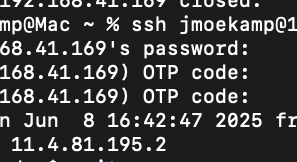Sometimes a feature isn’t about something, you wasn’t able to do without the feature, but to make already available information easier to acquire or much more accessible. Like information you gathered so far with DTrace and some homegrown scripts before, but now are capable to get by a simple option.
The -L option of the iostat command is such an example. With this command it’s really easy to get a latency distribution of the accesses to your disks. As an example I will show you the command output for a single device:
root@testbed:~# iostat -x -L sd0
extended device statistics
device r/s w/s kr/s kw/s wait actv wsvc_t asvc_t %w %b
sd0 2,1 11,0 52,5 69,4 0,0 0,0 0,1 0,3 0 0
latency range count density distribution
<1ns 38 0,05% 0,05%
1-2ns 0 0,00% 0,05%
2-4ns 0 0,00% 0,05%
4-8ns 0 0,00% 0,05%
8-16ns 0 0,00% 0,05%
16-32ns 0 0,00% 0,05%
32-64ns 0 0,00% 0,05%
64-128ns 0 0,00% 0,05%
128-256ns 0 0,00% 0,05%
256-512ns 0 0,00% 0,05%
512-1024ns 0 0,00% 0,05%
1-2us 0 0,00% 0,05%
2-4us 0 0,00% 0,05%
4-8us 0 0,00% 0,05%
8-16us 0 0,00% 0,05%
16-32us 0 0,00% 0,05%
32-64us 0 0,00% 0,05%
64-128us 0 0,00% 0,05%
128-256us 65628 77,76% 77,80%
256-512us 11730 13,90% 91,70%
512-1024us 5731 6,79% 98,49%
1-2ms 716 0,85% 99,34%
2-4ms 135 0,16% 99,50%
4-8ms 294 0,35% 99,84%
8-16ms 117 0,14% 99,98%
16-32ms 8 0,01% 99,99%
32-64ms 5 0,01% 100,00%
64-128ms 1 0,00% 100,00%
>128ms 0 0,00% 100,00%
total 84403So you don’t have to use DTrace scripts any longer to get this kind of information.


